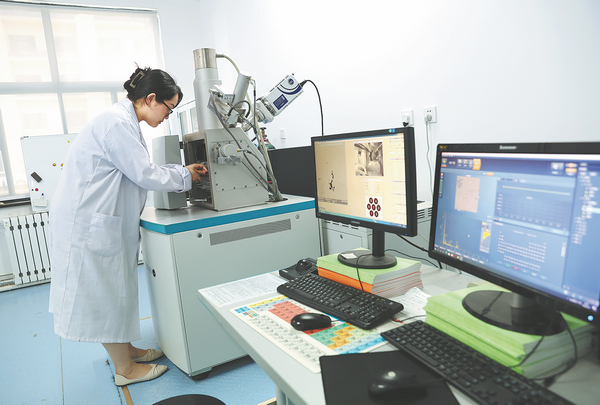

The discussion unfolded amid the 10th anniversary of the inscription of "Silk Roads: the Routes Network of Chang'an-Tianshan Corridor" on the UNESCO World Heritage List.
This particular section is part of what Xi calls the "yellow route "that passed through the deserts and oases of central and western Asia and northern Africa to connect China with Europe.
That is, as opposed to the "green route" or the steppe route through Mongolia, Central Asia, Russia and Eastern Europe; the "blue" Maritime Silk Road through the South China Sea and Indian Ocean; and the "gray route" or the alpine-canyon route through China's Tibet, or Nepal or Myanmar.
"Silk was not only a commodity but also a medium of exchange between different regions and different ethnic groups," Xi says.
Gilbank points out that the material was — and still is, to an extent — a luxury item.
"A lot of these things which come via the Silk Road initially had high cultural or monetary value attached to them," Gilbank says.
"But actually, as time went on, as the volume increased, it became more readily available. So, I think it's about participation. People want to have a piece of the action or a piece of the pie, so to speak, or a piece of the silk."
Porcelain was another status symbol that headed westward from China.
"The secrets of porcelain-making were not known until, I think, the 1700s in England. We have our glazed wares, which were originally used for tea, but then we really coveted the secrets of china-making," Gilbank says.
"It's kind of bound up the name of the country and the commodity. We think of China and we think of china, as well as just tea."